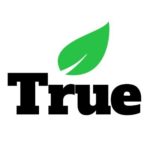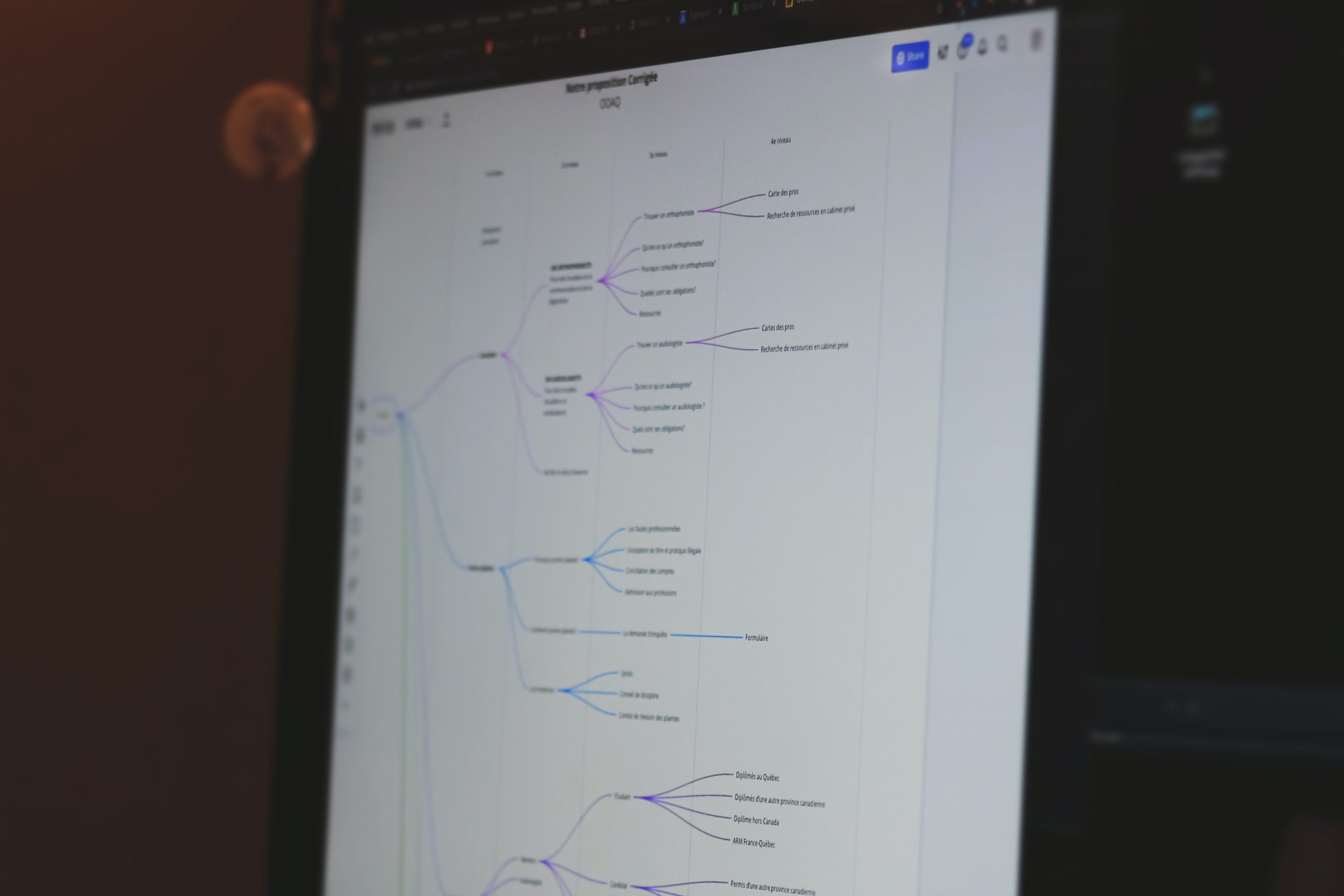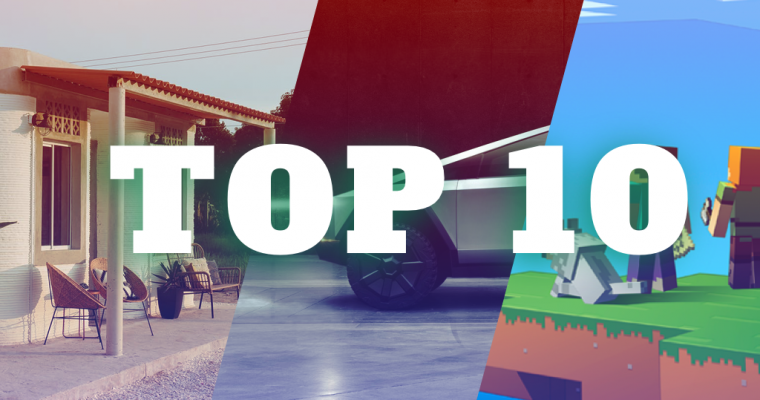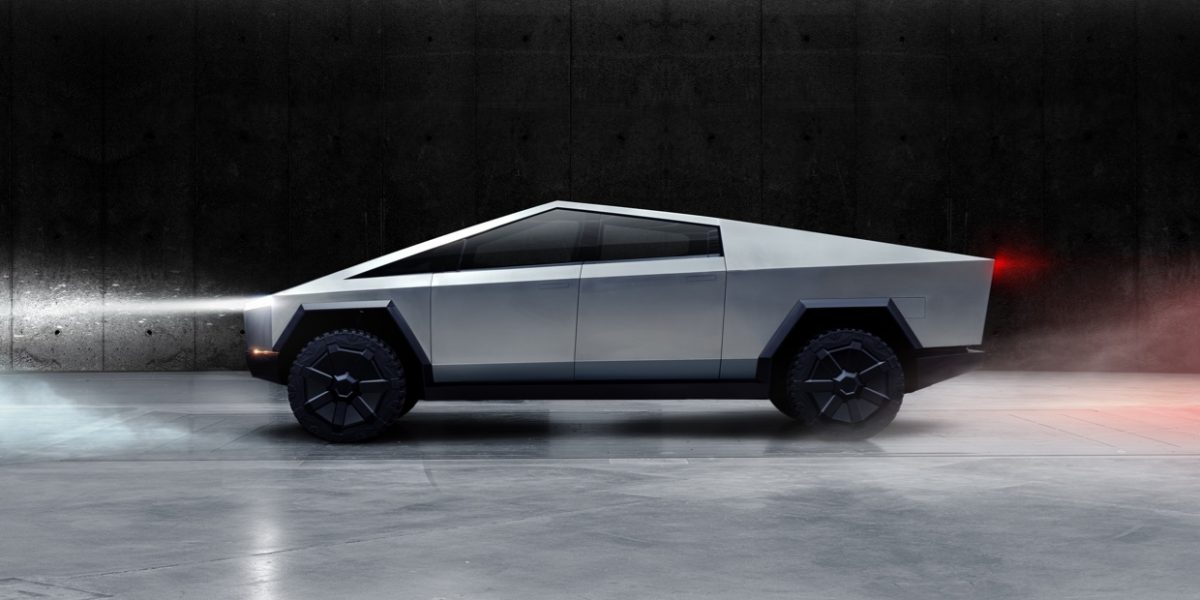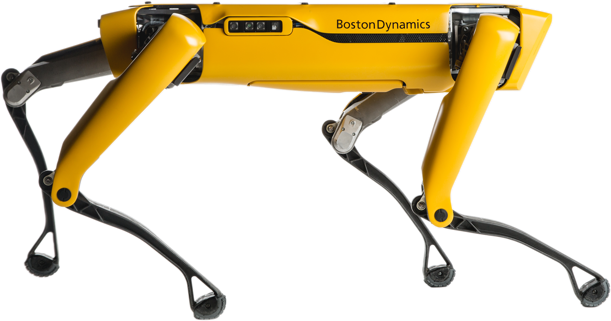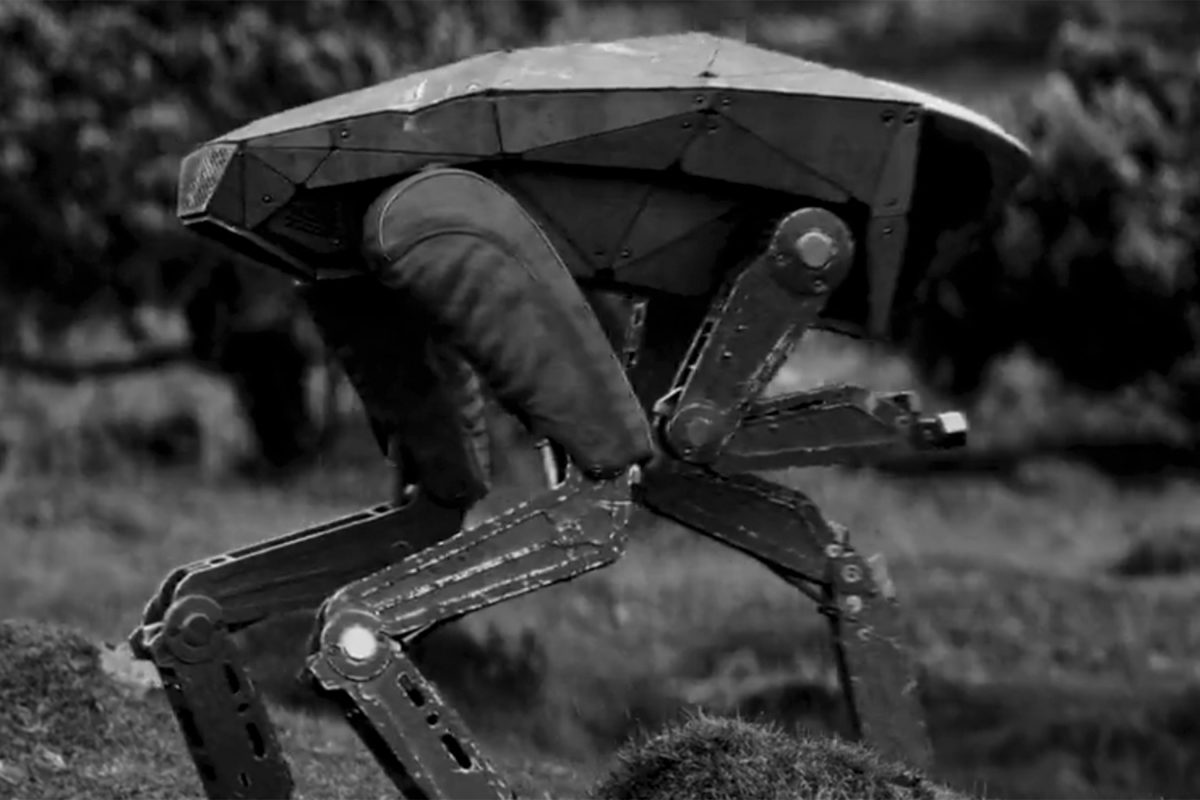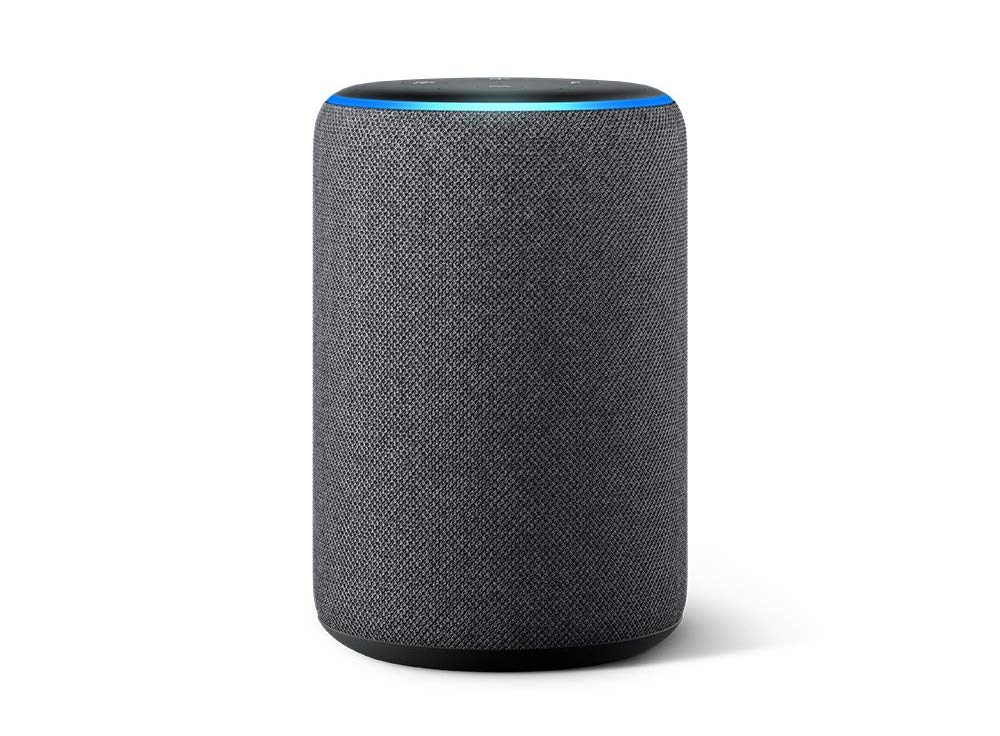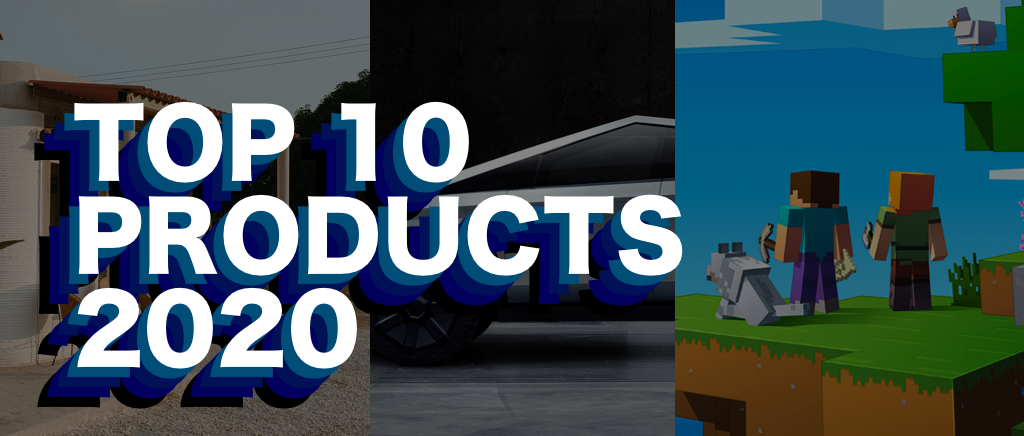For most businesses, having the right answer to the client’s problems is the key to success. The most successful companies in the world today are using design to lead clients into finding their firm as, not just the right, but the easy answer to their concerns—we’ll get to this in a second. Despite the success of these companies, a lot of executives are still reluctant to invest in good UI/UX design to improve their performance and rev-up profitability, and their reluctance is understandable.
At the surface, investing in improved user experience may seem unnecessary. You may think that you can put that amount into other aspects of your business, like marketing or research. While those departments still deserve your attention, a fair amount of understanding and evidence may convince you and your stockholders to invest in improving the overall experience of your customers whenever they interact with your product or brand digitally.
The End-Goals of UI/UX Design
Whether it’s about building up your brand’s user experience from scratch or redesigning your platform, UI/UX design primarily has four end-goals.
- Usability or ease of navigation and the platform’s discoverability
- Consistency within interactions and design
- Workflow or the efficiency of user flow and interaction design
- Brand Perception or the amount of confidence, trust, and the perception of quality users have with your brand.
Whenever your clients are interacting with your brand online through your company website or your app, improving Usability means organizing your information architecture in a way that makes sense to users.
Improvements in usability results in fewer customer support costs. Your company’s ROI will come in the form of the amount of money saved over time. Good UI/UX designers could conduct A/B tests to determine how your customers think whenever they’re interacting with your brand.
A good example would be the Bank of America’s redesign project. They decided to improve their online enrollment application for online banking. The end-goal of their UI/UX team is to use yield (or the number of customers completing the online enrollment process) as the primary metric.
They tested various design solutions and eventually ended up with a successful strategy. When they launched the new registration form, the yield nearly doubled. It became easier for customers to sign-up, and the company ended up with more clients.
Consistency across company divisions helped General Electric Co. save an estimated $30 million after investing in a common software platform for the company. They built processes and tools that helped support the company’s UX practices.
They made sure that their software user experience matched their reputation for hardware engineering. Today, GE is quietly the 14th largest software developer by revenue.
Efficient design helped increase Workflow productivity for Cathay Pacific when they worked with a design consultancy to create Travel Desk, a one-stop online portal for staff travel.
Travel Desk helped reduce the call-center volume and made employee services more efficient. Plus, it helped increase productivity for the ground staff, reducing the time it requires to process listings and employee travel benefits.
Continental Office, a furniture company, increased its website traffic by 103% and its new contacts by 645% when they decided to refresh Brand Perception through engaging user experience.
Their UI/UX team integrated buyer personas with relevant content marketing to provide a more immersive user experience. This project started as a simple need to update their 6-year-old website. It ended up spiking their numbers in a positive way year-over-year.
You can cause the same trend for your company when you decide to invest in good user experiences. The ROI may come in the form of savings, renewed brand recognition, productivity increase, and so much more.
UI/UX is not just about creating designs that work. Inevitably, the result of investing in user experiences is to build your company’s credibility with your customers. When a brand cares about its users, it builds customer loyalty, which then drives word-of-mouth referrals.
For any questions or conversations please fill out the form below.
